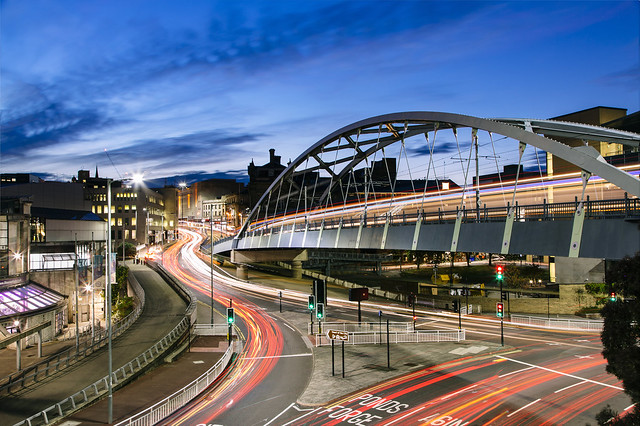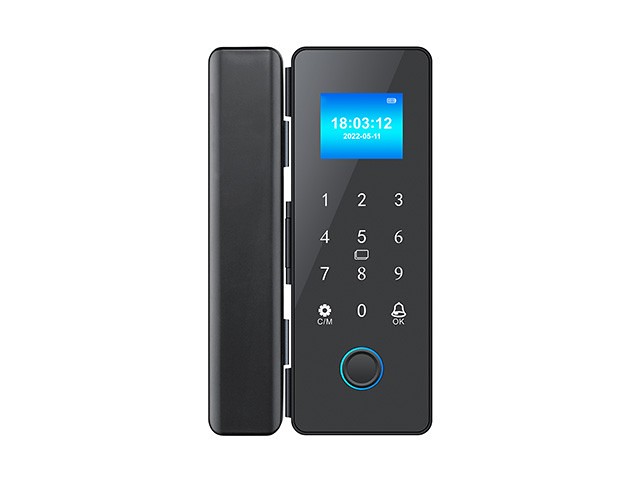
How to Select a PoE CCTV Camera
A PoE camera transmits power and data over one Ethernet cable, avoiding the use of copper two conductor power wires and battery-powered units. This means less cabling and installation time, as well as more flexibility for location placement.
Businesses deploy these cameras for monitoring workflows and enhancing operational safety and security. They can also be used to improve quality control measures.
Power over Ethernet (PoE)
Power over Ethernet (PoE) delivers data and power over the same cable, simplifying installation and reducing infrastructure costs. The technology also allows you to extend the distance between your camera and its power source without losing data integrity.
Choosing a PoE security camera requires assessing the needs of your business or project and balancing those needs with your budget. You’ll need to consider factors like resolution, field of view (FOV), zoom support, and whether the camera is outdoor-rated. Other features to look for include alarm support, MicroSD card storage, and a user-friendly interface.
A higher resolution results in better video quality, while a high FPS can help ensure smooth footage. You’ll also want to determine if you need poe cctv camera a night vision feature and if you need sound detection support.
When selecting a PoE security camera, choose one that’s compatible with your network infrastructure. If you’re deploying a new system, look for a switch with PoE ports that align with your power budget and number of cameras. Otherwise, you can use a PoE injector to add power to existing Ethernet cables.
Some PoE switches and injectors come equipped with backup power options, which can help ensure continued operation during a power outage. Additionally, some systems require software and subscriptions for remote monitoring and management. These services may also incur extra costs for cloud storage or additional hardware components.
HD Resolution
If you’re looking for the best wired security camera for home use, consider a model with an HD resolution. This will allow you to see more detail in the image and capture high-quality footage, even in low lighting. Additionally, HD cameras are more efficient than their non-HD counterparts and require fewer resources to operate.
If your home is small, a single camera with an HD resolution may be enough to monitor your property and keep tabs on activities. However, if your home is larger or you want to monitor multiple areas, opt for a multi-camera system. Some systems include up to 16 cameras in a single box, making them easier to install and manage.
One of the best options for a PoE surveillance camera is the REOlink RLC-823A 8CH 5MP Home Security Camera System, which comes with 4 high-quality cameras and a NVR for centralized monitoring. It features advanced AI-powered person/vehicle detection, which reduces false alarms and enhances video clarity. In addition, it offers a powerful night vision feature with 18pcs infrared LEDs that provide up to 100 feet of illumination. It also supports remote access and playback, smart platform integrations, and audio recording. This system is also weatherproof and includes 60 feet of ethernet cables for easy installation. Moreover, it provides 1 year of warranty from OOSSXX.
Field of View (FOV)
The Field of View (FOV) determines the extent to which a camera can capture and monitor a scene. It is often a key factor in selecting a surveillance camera for a particular use case. Some cameras come with fixed lenses that deliver a specific FOV, while others feature varifocal or zoom lenses that enable you to change the camera’s FoV to suit your needs.
The FOV of a security camera depends on its lens and sensor size. The larger the sensor, the higher the resolution and FOV. The FOV of a camera is also determined by its focal length, which depends on the size of the lens and its optical design.
A standard FOV of 25 to 60 degrees covers one-third of a scene. This angle is ideal for a small room or if you need to monitor a single area in detail. Wide-angle lenses offer a broader FOV, which is suitable for monitoring large areas like foyers and warehouses.
To determine the ideal FOV for a conference room, you will need to know the size of your conference room and its layout. You can calculate the FOV by dividing the FOV by the camera’s lens size and converting it to degrees. For example, a 360 degree camera with a 10 mm lens offers a FOV of 120deg.
Night Vision
If you are planning on using the cameras for surveillance in dimly lit areas, consider selecting models with night vision capabilities. The cameras use infrared LEDs to illuminate the dark environment. The effective range of the IR lights can vary between models, so make sure to check that they are capable of covering the area you need to monitor.
Some models feature built-in noise suppression, which reduces unwanted ambient background noise. This feature can help improve video clarity and quality. Other models allow users to set a privacy mask for the camera’s lens, which can limit smart camera solutions how much of the frame is visible. Some manufacturers also offer intelligent features like facial recognition and license plate detection. These features can help enhance security and provide valuable intelligence about the activity taking place on the premises.
Using PoE technology for surveillance cameras can simplify installation and reduce costs. The cameras receive power through a single Ethernet cable connected to a PoE switch or injector, eliminating the need for separate power cords and outlets. Many models also have on-device motion detection features that can be used without internet access, which can save storage space and minimize data transmission fees.


